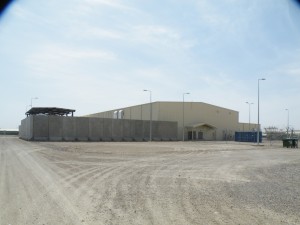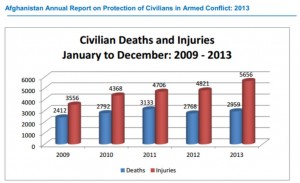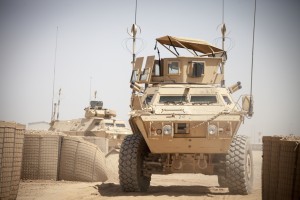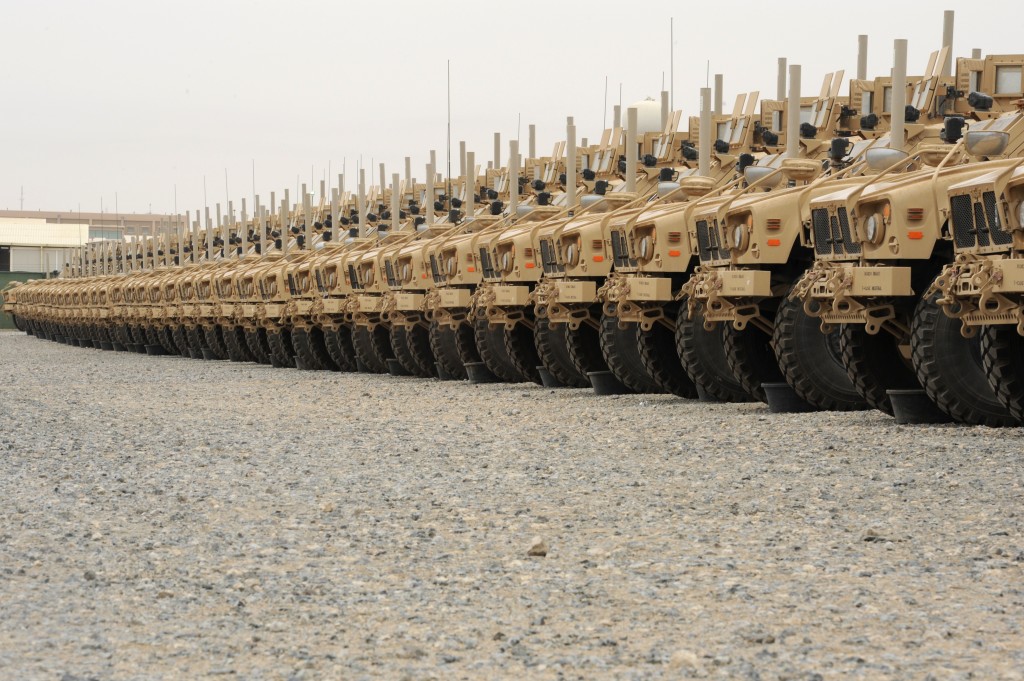Afghan Election Commission Fires 3300 Staffers, But Runoff Will Proceed in Most Corrupt Place on Earth
Reuters brings us the shocking news that the election commission in Afghanistan has just fired over 3000 staffers even though the runoff election for President is only about three weeks from now on June 14:
Afghanistan’s election commission said on Wednesday it had fired more than 3,000 staff accused of fraud in the first round of the country’s presidential election, as it sought to quell fears that it might fail to deliver a legitimate outcome.
/snip/
Spokesman Noor Mohammad Noor said the Independent Election Commission had blacklisted the fired staff, so that they would not be hired in the second round.
“Some fraud was reported from those polling stations,” he added, referring to the sites where the fired staff had worked.
Independent election monitors say many complaints were ignored in the effort to meet deadlines and the decision making process lacked transparency.
It appears that threats of violence may have been behind the earlier decision to ignore the fraud:
Runner-up former World Bank economist Ashraf Ghani said most fraudulently cast votes were included in the final tally because of threats from rival candidates.
“Threats of violence, where the opposing team promised rivers of blood, created a chilling environment,” Ghani said in a statement after the final results were released.
“Close to 800,000 votes that should have been declared fraudulent were included in the final count.”
Although Reuters says that the election commission announced the firings today, ToloNews carried the story on on May 18:
The Independent Election Commission (IEC) sent out a notice on Sunday to their staff warning them that any sort of fraud happens during runoff under their staffs’ supervision will be terminated.
“This time we will seriously deal with the issue,” IEC Spokesman Noor Mohammad Noor said. “Those staff members who were found guilty in the first round of elections have been dismissed.”
/snip/
The IEC has identified and dismissed 3,300 IEC employees who were involved in the manipulation of the first round of presidential elections.
Firing thousands of staffers just before the runoff has to be unprecedented. Except that it isn’t. It turns out that the same thing happened just before the scheduled runoff in 2009:
Half of the most senior Afghan district election officials will be fired, U.N. officials said on Wednesday, to prevent more fraud in a run-off presidential poll crucial to the country’s credibility and foreign support.
That announcement came on October 21, 2009, when the runoff had been scheduled for November 7, so it came even closer to the date of the runoff than this year’s firings. Since Abdullah Abdullah withdrew from that election on November 1, citing fraud, we do not have a track record for how the current runoff might proceed in light of so many firings.
Despite all the rosy claims from the US military and the Obama administration for how well the Afghan election process has gone so far, there is very little reason to expect a fair election. Afghanistan has become the most corrupt place on Earth and it is the direct fault of the US and its military that this has happened.
The latest quarterly report (pdf) from the Special Inspector General for Afghanistan Reconstruction opens in this way: Read more →







